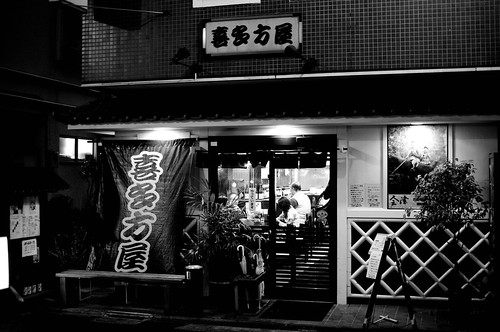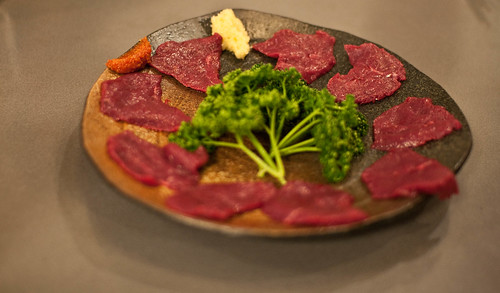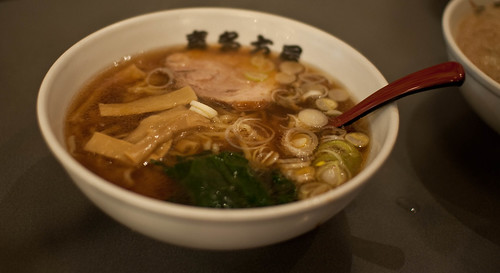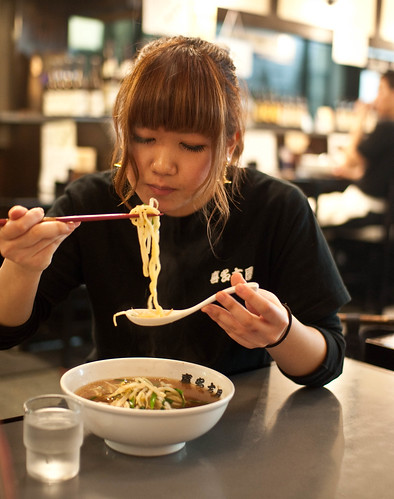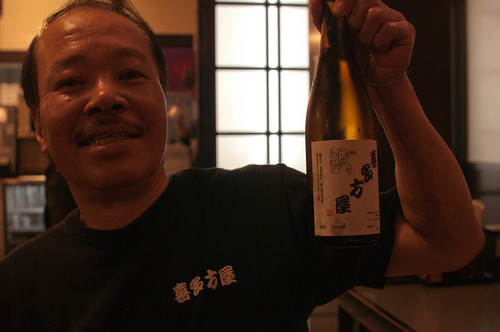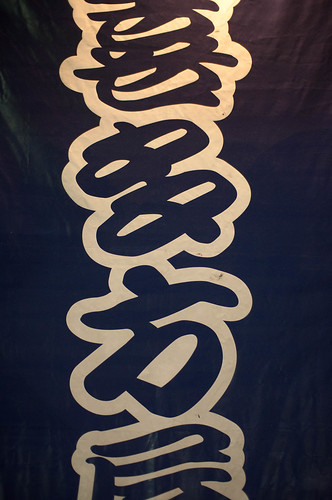東京ラーメンストリートのグランドオープン
The Tokyo Ramen Street, a collection of shops in the basement of massive Tokyo Station, is, or was I should say, a great place to try some ramen in the metropolis. But with the addition of 4 more shops, bringing the total to 8, I'd upgrade it to a must-slurp spot on the Tokyo ramen scene. Sure, almost every shop here has a main branch in the greater Tokyo area, but bringing so many great shops into one local needs to be seen.
I've already written about (and done collaboration videos for) the original 4 shops. Check them out:
Keisuke - A word of note, the shop has a new taste. Crab now, instead of shrimp
Introducing the 4 new shops.
Shichisai. The
original branch near Nerima station is ramen perfection. Handmade noodles, absolutely zero preservatives, and the best chashu in Tokyo.
You can watch noodles being freshly made. The design of the shops, as well as the shared space in the Ramen Street, is very well done. I'm not sure how it will look with the inevitable lines that are sure to form.
It should be noted that at night this shop will become a miso shop. I wasn't there at night.
Shichisai lives up to my review of the main shop. The flavorful shoyu accentuated by the perfect slices of stewed pork. The egg is a rich and gooey treat. I want to have that chashu and egg as an option at other shops! If your noodles aren't doing it for you, just order the "shichisai topping option" to be saved. These noodles need no saving.
Next up is
Ikaruga. When
The NY Times wrote about ramen last year, this was their perfect bowl. I've been to the shop in Kudanshita a few times, and was blown away by the creamy tonkotsu broth. Silky and rich, it was a great place for a date. The lighting dim, the staff in smart, black uniforms.
The Ramen Street version has a few choices.
This is the original. We (
Keizo and
Hiroshi) were here on a special press day, and it took longer than usual for these noodles to come out. The kinks in the system on opening day, I hope, affected the taste. Something was off. It was a little sour.
The cheese mazemen tastes like a ramen version of pasta a la carbonara. They use a few kinds of high quality cheese. If you live in Tokyo, chunks of Parmesan are a rare commodity.
The tsukemen had a spicy kick and uses a richer version of their tonkotsu soup.
Honda's original shop is a bit inconvenient, a 15 minute walk away from a station in the north of Tokyo. Their Ramen Street shop is a welcome addition.
There are a few choices.
The shio is light and refreshing. A rather large dollop of yuzu-wasabi, stewed cherry tomatoes, and spinach make this possibly the healthiest bowl on The Street.
Be careful with that wasabi though.
Other options include a simple shoyu.
And an excellent Ramen Street only miso tsukemen. I recommend the tsukemen. It takes the thick chicken and seafood broth I loved from the original shop and mixes it with even more flavor.
Last is...
Junk Garage. The
original shop is way out north in Saitama. Junk Garage was a ramen epiphany for me. How can something so horrible looking be so wonderful. I was worried that this time, having eaten 3 bowls in less than 2 hours, I would be put off by the sheer mass of calories that constitutes a bowl here.
They, like some other shops, have a special menu item that is only available at The Ramen Street.
Thick noodles, cheese, raw egg, bonito flakes, fried noodle bits, mayonnaise. But there's more!
You dip it into 2 different soups. Soup might be the wrong word. Sauce seems more appropriate.
Despite having loosened my belt a few notches already, I couldn't stop eating this. It's almost shockingly good. The black sauce has hints of curry, and the dark mayu, burnt garlic oil, coats every noodle. The lighter sauce, with lighter only being applied to the color, had slight hints of sesame and not so slight hints of garlic.
The shop and staff match the food. Though the original shop is unrefined, heavy metal on the speakers, you can still expect a bit of the countryside at the Ramen Street branch.
By the way, if you come to the Ramen street during opening week, April 8th to 17th, you can get some free presents. I think it's just a folder, maybe a poster, maybe some Ramen Street tissues. Come for the noodles though.
No map needed. Just go to Tokyo Station and look for the signs. It's on the eastern, Yaesu exit side.

